We need to put some plumbing up against an exterior wall. We are told this is usually avoided but we have no choice. We live in a cold climate (very cold winters in Toronto) so we want to take every precaution to ensure the pipes never burst. We were told to put insullation up and then a vapour barrier on ‘warm’ side of a house or closest to the inside. Does anyone think that may not be enough? I know the pipes are inside the vapour barrier and therefore insulated from the cold by the insulation but since this is usually avoided, I’m concerned. The pipes are for a shower and tub (separately). Thanks!
Discussion Forum
Discussion Forum
Up Next
Video Shorts
Featured Story
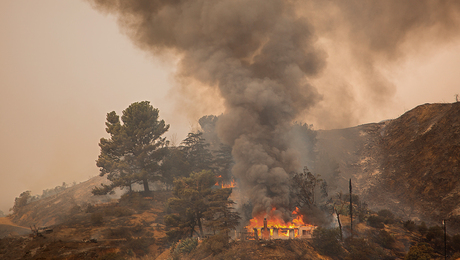
These defensive details give homes a better chances of surviving wildfires.
Featured Video
How to Install Exterior Window TrimHighlights
"I have learned so much thanks to the searchable articles on the FHB website. I can confidently say that I expect to be a life-long subscriber." - M.K.
Fine Homebuilding Magazine
- Home Group
- Antique Trader
- Arts & Crafts Homes
- Bank Note Reporter
- Cabin Life
- Cuisine at Home
- Fine Gardening
- Fine Woodworking
- Green Building Advisor
- Garden Gate
- Horticulture
- Keep Craft Alive
- Log Home Living
- Military Trader/Vehicles
- Numismatic News
- Numismaster
- Old Cars Weekly
- Old House Journal
- Period Homes
- Popular Woodworking
- Script
- ShopNotes
- Sports Collectors Digest
- Threads
- Timber Home Living
- Traditional Building
- Woodsmith
- World Coin News
- Writer's Digest
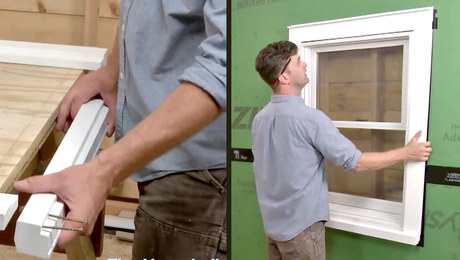

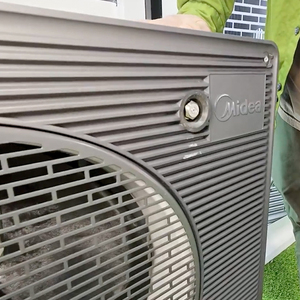
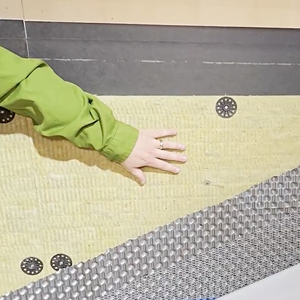
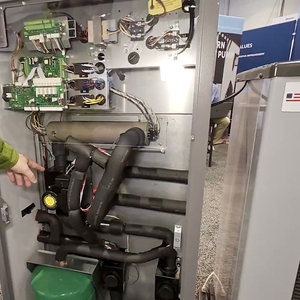



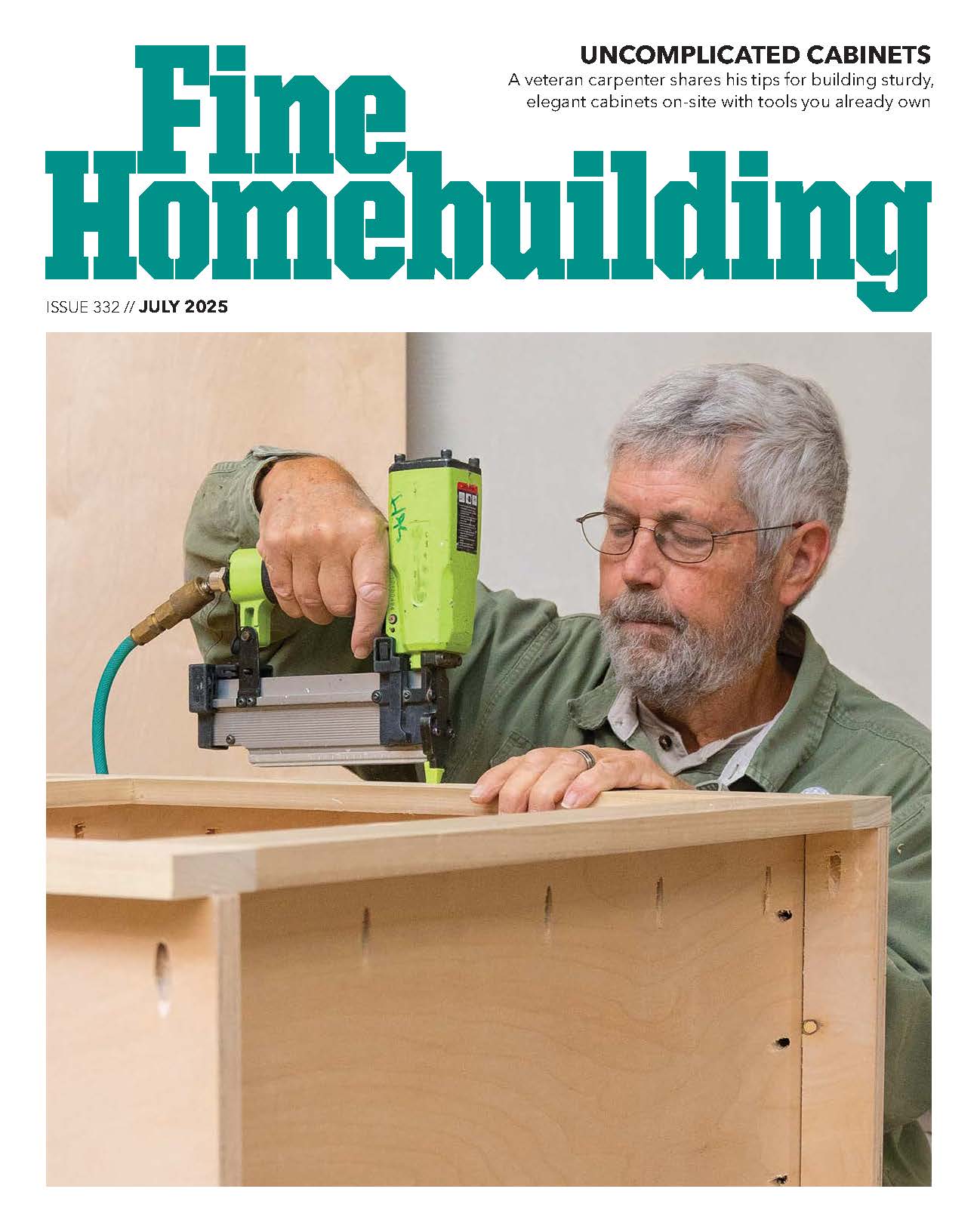
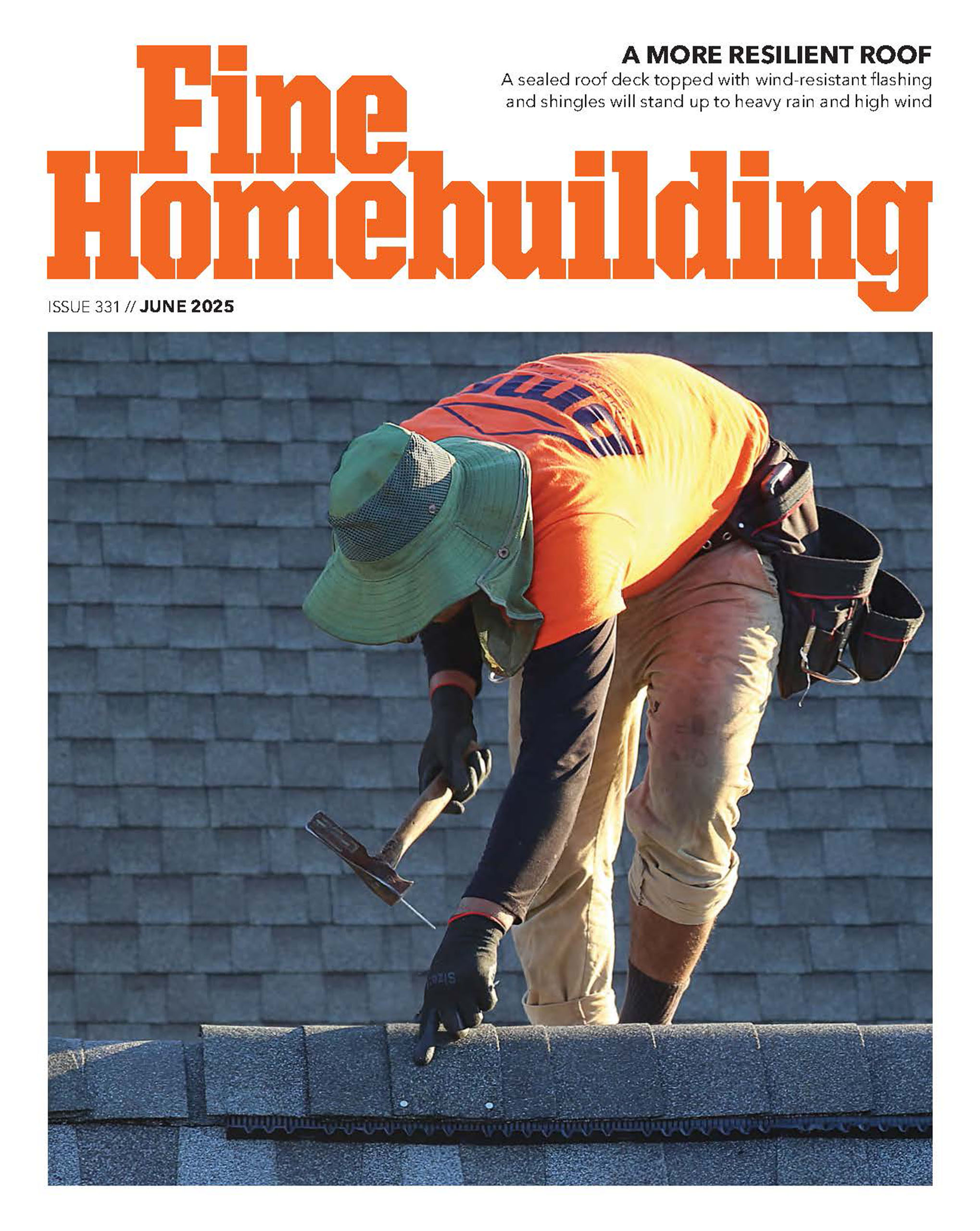








Replies
When faced with this problem, my solution has been to do this:
First of all, you are using 2x6 walls aren't you? I can't imagine you wouldn't in Canada.
In the area where the pipes are to run up, put 2"rigid foam in the studspace up against the exterior sheathing, seal it around the edges with expanding foam,(moderate amounts!) this leaves you with 3-1/2 inches which is essentially a 2x4 wall space. run the plumbing throught this space. As a final step, cut out a square of drywall and install an air-return grill cover to allow heated inside air to flow into the area.
Hope this helps.
don't forget the closed cell pipe insulation on the hot supply..it won't take as long to get warm water flowing.
Spheramid Enterprises Architectural Woodworks
Repairs, Remodeling, Restorations.
Mark's suggestions sound pretty good. The idea is to get as much insulation as possible between the pipes and the cold and as little as possible between the pipes and the heat. If you can let additional heat get to the pipes through a grill or some other opening, all the better. Also make sure no cold air can flow up and down the stud cavity from above or below. Seal any penetrations with spray foam.
Al Mollitor, Sharon MA
Did you guys design the place yourselves, or was it a pro who forgot about the pipes? What's the deal- was an upstairs bath added or moved without consideration of the plumbing run? Clearly not the first time this has happened, but not a pleasant situation to deal with either.
Are you absolutely sure you have no other choice? There's no way you can build a bulkhead to run the plumbing under the joists to an interior partition wall? Sometimes you can incorporate a bulkhead into the interior finish of a room and it won't look like a mistake...and sometimes you can't.
Remember that your measures to keep the pipes warm will mean that there is no insulation between the pipes and the occupants for sound deadening purposes. Horizontal runs are noisier, but verticals aren't silent either. Consider that if you build a bulkhead to run this piping to a partition wall, at least you can insulate it for sound purposes! There are good tips from others here in previous posts on how to keep sound transmission low.